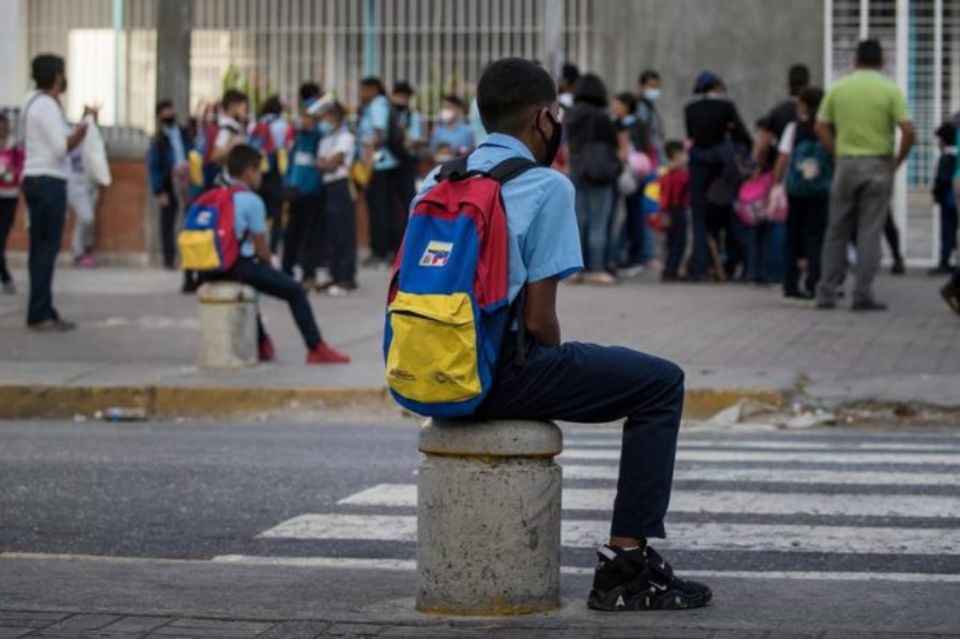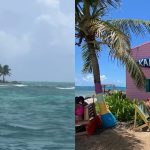The Anova Consultant published a study on intergenerational mobility in education in Venezuela. He pointed out that a critical aspect of this dynamic is the significant increase in the proportion of young people who do not study or work, who are known as “NEETs”, who between 2015 and 2021 grew notably, reaching a third of the country’s youth population.
“Venezuela shows a long-term trend of decreasing the proportion of young people who manage to surpass their parents’ educational level,” as noted by the consultant Anova Policy Research in its most recent study. He pointed out that due to the above, intergenerational mobility in education in the country has shown a decrease in recent decades.
“This trend coincides with a marked drop in real family income since 2013, which has limited the ability of parents to invest in their children’s education and has reduced the incentives of new generations to continue their academic training,” the study showed.
Based on the research data, the consulting firm pointed out that a critical aspect of this dynamic is the significant increase in the proportion of young people who do not study or work, who are known as “NEETs”, who between 2015 and 2021 grew significantly. , reaching a third of the youth population.
«The growing disengagement of young Venezuelans, particularly women, from the processes of human capital accumulation will condition future access to quality jobs, limiting the possibility of sustained improvements in their living conditions and those of their families. This fact constitutes in itself an element that perpetuates inequality and conditions the prospects for future development of the country,” he published on his website.
*Read also: Maduro and the migratory effect: at least two million people will leave after #10Jan
According to Anova Policy Research, this context accentuates the urgency of policies that promote the educational and labor reintegration of young Venezuelans. He stated that this begins with a process of economic stabilization and growth, which recovers the purchasing power of labor income, as a central element in the recovery of young people’s incentives to accumulate more human capital.
«Venezuela is at the bottom of the region in its indicators of upward educational mobility. “Reversing these trends is crucial to ensuring inclusive and sustainable progress in Venezuela in the years to come,” he added.
Anova defines intergenerational economic mobility as an indicator that measures the relationship between the educational level or income of parents and the educational level or income of their children, showing to what extent family background influences the educational and employment prospects of individuals.
He adds in his study that the analysis of intergenerational mobility estimates, based on microdata from household surveys, the number of families whose parents reside with children between 15 and 24 years old, classifying their educational level into four levels: without studies or complete preschool, primary, secondary and tertiary education.
Based on the indicators described above, the consulting firm recalls that in previous years it was able to infer that “between 1994 and 2021 the upward mobility (children more educated than their parents) decreased 41%, while the downward mobility (children less educated than their parents) increased 105%. These results outline a country with incremental barriers and greater structural disincentives to study, which point to persistent inequalities in the future.
He added that in that same period, “the proportion of women who do not study or work increased significantly from approximately a quarter of the female youth population in 2010, to reach 40% in 2021. Although the proportion of male NEETs is lower compared to “For women, it has increased since 2010, going from 13% in 2010 to 26% in 2021.”
Post Views: 445

















